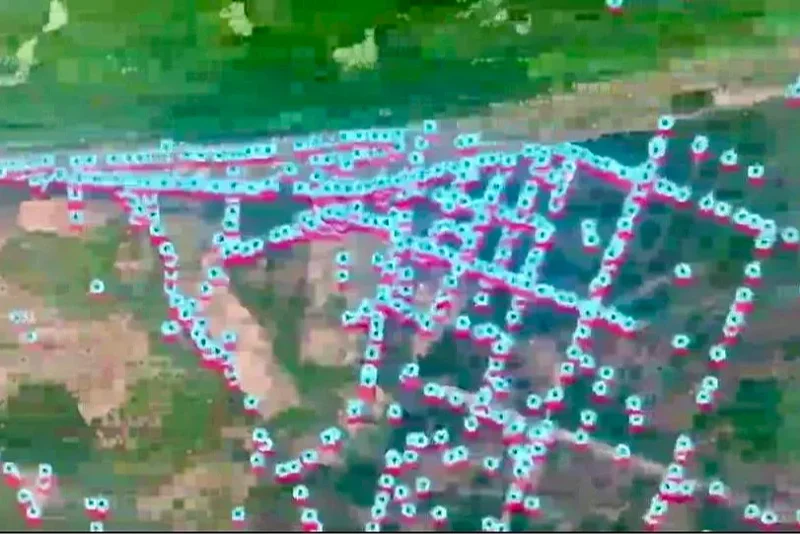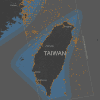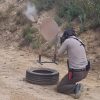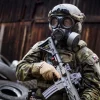Russian forces have begun using drones to mark the locations of deployed anti-personnel and anti-tank mines, significantly improving battlefield awareness and minimizing the risk of friendly casualties.
As the Ukraine-Russia conflict continues, the use of landmines is undergoing a technological transformation. Drones and unmanned aerial systems are increasingly being integrated into both the deployment and detection of mines, modernizing what has traditionally been a static and often indiscriminate form of warfare.
Ukrainian forces have also embraced drone technology for both mine-laying and demining operations, highlighting the potential for future humanitarian applications beyond the battlefield.
Despite these advancements, both sides still rely heavily on manual and mechanical mine deployment. This often results in unintended casualties from their own minefields. A particularly complex challenge arises from artillery- and rocket-delivered mines, which can cover vast areas and are difficult to control with precision.
To address these risks, Russian forces have developed systems to mark minefield locations using drones, improving tactical coordination and helping reduce the likelihood of friendly fire incidents.
The use of mines in armed conflicts is nothing new. However, with technological advancements, it was only a matter of time before this aspect of warfare evolved as well. In addition to new, innovative mine designs, the integration of advanced technologies marks another leap forward—demonstrating a synergy between traditional tactics and modern solutions. Moreover, daily battlefield improvisations continue to refine these methods of warfare, leading—unfortunately—to increased effectiveness and lethality.
Mines are among the most feared weapons on the battlefield, particularly by infantry units. Designed primarily to maim rather than kill, their purpose is to incapacitate and overwhelm the enemy by increasing the number of wounded soldiers, thereby straining medical and logistical resources.
Despite the grim reality, it must be acknowledged that such marking technologies could play a valuable role in post-conflict humanitarian demining—providing a safer and more systematic approach to clearing contaminated areas once hostilities have ceased.








